Pablo Samuel Castro
Studying the Interplay Between the Actor and Critic Representations in Reinforcement Learning
Mar 08, 2025Abstract:Extracting relevant information from a stream of high-dimensional observations is a central challenge for deep reinforcement learning agents. Actor-critic algorithms add further complexity to this challenge, as it is often unclear whether the same information will be relevant to both the actor and the critic. To this end, we here explore the principles that underlie effective representations for the actor and for the critic in on-policy algorithms. We focus our study on understanding whether the actor and critic will benefit from separate, rather than shared, representations. Our primary finding is that when separated, the representations for the actor and critic systematically specialise in extracting different types of information from the environment -- the actor's representation tends to focus on action-relevant information, while the critic's representation specialises in encoding value and dynamics information. We conduct a rigourous empirical study to understand how different representation learning approaches affect the actor and critic's specialisations and their downstream performance, in terms of sample efficiency and generation capabilities. Finally, we discover that a separated critic plays an important role in exploration and data collection during training. Our code, trained models and data are accessible at https://github.com/francelico/deac-rep.
Multi-Task Reinforcement Learning Enables Parameter Scaling
Mar 07, 2025Abstract:Multi-task reinforcement learning (MTRL) aims to endow a single agent with the ability to perform well on multiple tasks. Recent works have focused on developing novel sophisticated architectures to improve performance, often resulting in larger models; it is unclear, however, whether the performance gains are a consequence of the architecture design itself or the extra parameters. We argue that gains are mostly due to scale by demonstrating that naively scaling up a simple MTRL baseline to match parameter counts outperforms the more sophisticated architectures, and these gains benefit most from scaling the critic over the actor. Additionally, we explore the training stability advantages that come with task diversity, demonstrating that increasing the number of tasks can help mitigate plasticity loss. Our findings suggest that MTRL's simultaneous training across multiple tasks provides a natural framework for beneficial parameter scaling in reinforcement learning, challenging the need for complex architectural innovations.
CALE: Continuous Arcade Learning Environment
Oct 31, 2024Abstract:We introduce the Continuous Arcade Learning Environment (CALE), an extension of the well-known Arcade Learning Environment (ALE) [Bellemare et al., 2013]. The CALE uses the same underlying emulator of the Atari 2600 gaming system (Stella), but adds support for continuous actions. This enables the benchmarking and evaluation of continuous-control agents (such as PPO [Schulman et al., 2017] and SAC [Haarnoja et al., 2018]) and value-based agents (such as DQN [Mnih et al., 2015] and Rainbow [Hessel et al., 2018]) on the same environment suite. We provide a series of open questions and research directions that CALE enables, as well as initial baseline results using Soft Actor-Critic. CALE is available as part of the ALE athttps://github.com/Farama-Foundation/Arcade-Learning-Environment.
Don't flatten, tokenize! Unlocking the key to SoftMoE's efficacy in deep RL
Oct 02, 2024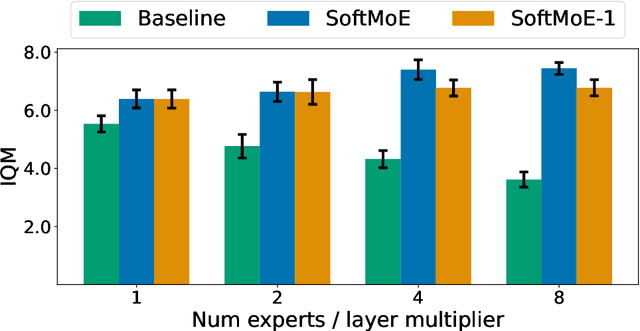
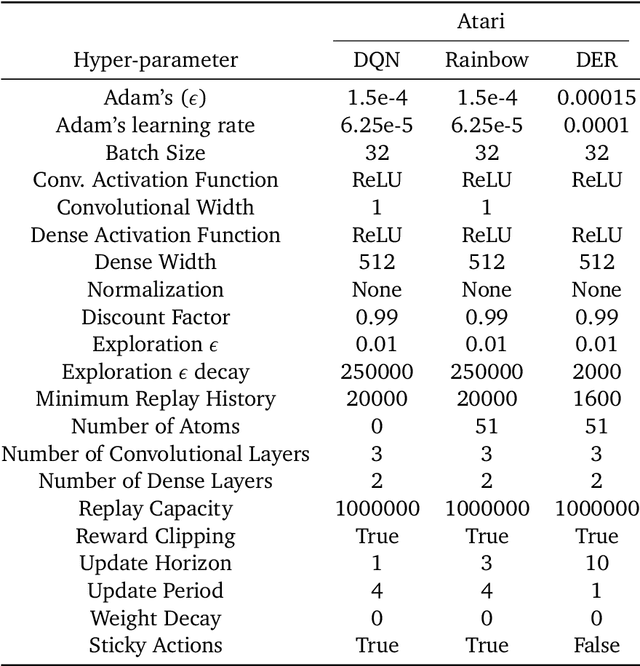
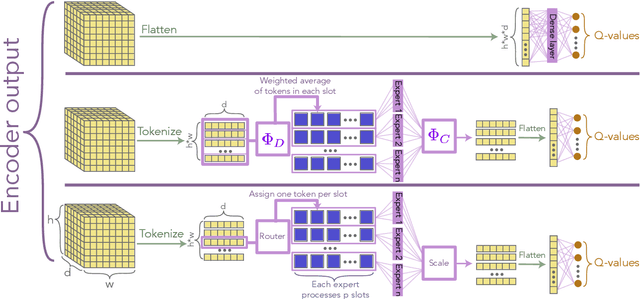
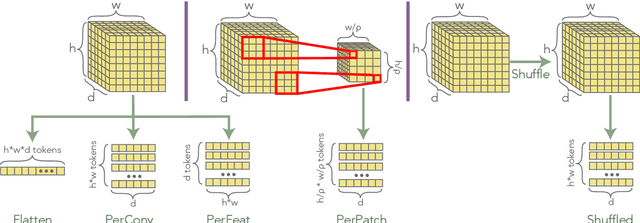
Abstract:The use of deep neural networks in reinforcement learning (RL) often suffers from performance degradation as model size increases. While soft mixtures of experts (SoftMoEs) have recently shown promise in mitigating this issue for online RL, the reasons behind their effectiveness remain largely unknown. In this work we provide an in-depth analysis identifying the key factors driving this performance gain. We discover the surprising result that tokenizing the encoder output, rather than the use of multiple experts, is what is behind the efficacy of SoftMoEs. Indeed, we demonstrate that even with an appropriately scaled single expert, we are able to maintain the performance gains, largely thanks to tokenization.
NAVIX: Scaling MiniGrid Environments with JAX
Jul 28, 2024Abstract:As Deep Reinforcement Learning (Deep RL) research moves towards solving large-scale worlds, efficient environment simulations become crucial for rapid experimentation. However, most existing environments struggle to scale to high throughput, setting back meaningful progress. Interactions are typically computed on the CPU, limiting training speed and throughput, due to slower computation and communication overhead when distributing the task across multiple machines. Ultimately, Deep RL training is CPU-bound, and developing batched, fast, and scalable environments has become a frontier for progress. Among the most used Reinforcement Learning (RL) environments, MiniGrid is at the foundation of several studies on exploration, curriculum learning, representation learning, diversity, meta-learning, credit assignment, and language-conditioned RL, and still suffers from the limitations described above. In this work, we introduce NAVIX, a re-implementation of MiniGrid in JAX. NAVIX achieves over 200 000x speed improvements in batch mode, supporting up to 2048 agents in parallel on a single Nvidia A100 80 GB. This reduces experiment times from one week to 15 minutes, promoting faster design iterations and more scalable RL model development.
Mixture of Experts in a Mixture of RL settings
Jun 26, 2024Abstract:Mixtures of Experts (MoEs) have gained prominence in (self-)supervised learning due to their enhanced inference efficiency, adaptability to distributed training, and modularity. Previous research has illustrated that MoEs can significantly boost Deep Reinforcement Learning (DRL) performance by expanding the network's parameter count while reducing dormant neurons, thereby enhancing the model's learning capacity and ability to deal with non-stationarity. In this work, we shed more light on MoEs' ability to deal with non-stationarity and investigate MoEs in DRL settings with "amplified" non-stationarity via multi-task training, providing further evidence that MoEs improve learning capacity. In contrast to previous work, our multi-task results allow us to better understand the underlying causes for the beneficial effect of MoE in DRL training, the impact of the various MoE components, and insights into how best to incorporate them in actor-critic-based DRL networks. Finally, we also confirm results from previous work.
On the consistency of hyper-parameter selection in value-based deep reinforcement learning
Jun 25, 2024



Abstract:Deep reinforcement learning (deep RL) has achieved tremendous success on various domains through a combination of algorithmic design and careful selection of hyper-parameters. Algorithmic improvements are often the result of iterative enhancements built upon prior approaches, while hyper-parameter choices are typically inherited from previous methods or fine-tuned specifically for the proposed technique. Despite their crucial impact on performance, hyper-parameter choices are frequently overshadowed by algorithmic advancements. This paper conducts an extensive empirical study focusing on the reliability of hyper-parameter selection for value-based deep reinforcement learning agents, including the introduction of a new score to quantify the consistency and reliability of various hyper-parameters. Our findings not only help establish which hyper-parameters are most critical to tune, but also help clarify which tunings remain consistent across different training regimes.
Stop Regressing: Training Value Functions via Classification for Scalable Deep RL
Mar 06, 2024



Abstract:Value functions are a central component of deep reinforcement learning (RL). These functions, parameterized by neural networks, are trained using a mean squared error regression objective to match bootstrapped target values. However, scaling value-based RL methods that use regression to large networks, such as high-capacity Transformers, has proven challenging. This difficulty is in stark contrast to supervised learning: by leveraging a cross-entropy classification loss, supervised methods have scaled reliably to massive networks. Observing this discrepancy, in this paper, we investigate whether the scalability of deep RL can also be improved simply by using classification in place of regression for training value functions. We demonstrate that value functions trained with categorical cross-entropy significantly improves performance and scalability in a variety of domains. These include: single-task RL on Atari 2600 games with SoftMoEs, multi-task RL on Atari with large-scale ResNets, robotic manipulation with Q-transformers, playing Chess without search, and a language-agent Wordle task with high-capacity Transformers, achieving state-of-the-art results on these domains. Through careful analysis, we show that the benefits of categorical cross-entropy primarily stem from its ability to mitigate issues inherent to value-based RL, such as noisy targets and non-stationarity. Overall, we argue that a simple shift to training value functions with categorical cross-entropy can yield substantial improvements in the scalability of deep RL at little-to-no cost.
In deep reinforcement learning, a pruned network is a good network
Feb 19, 2024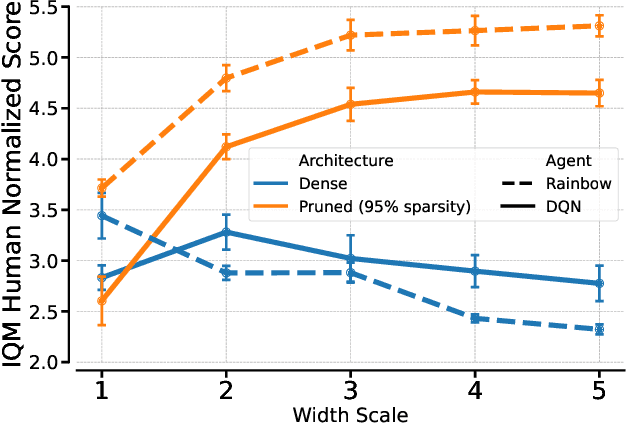
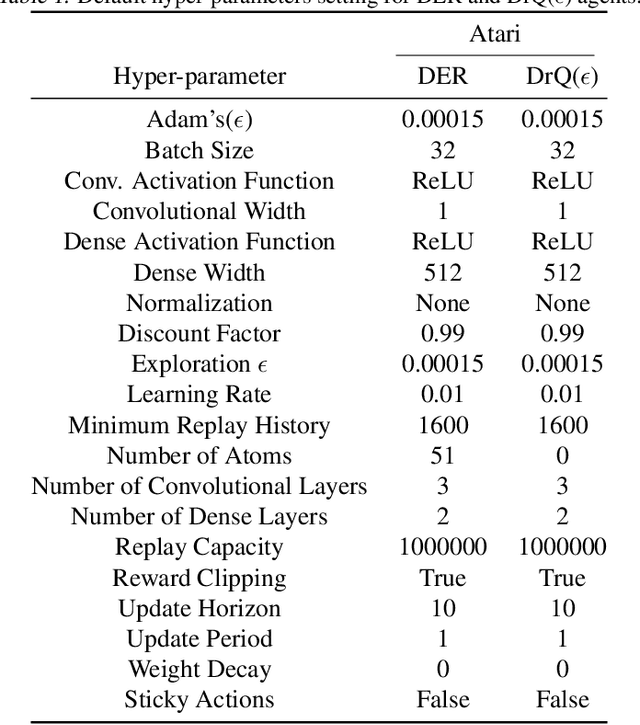
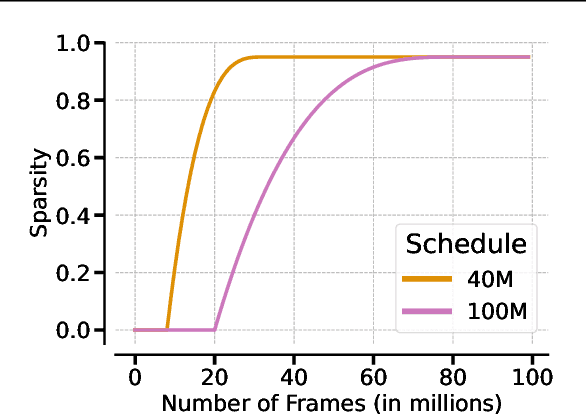
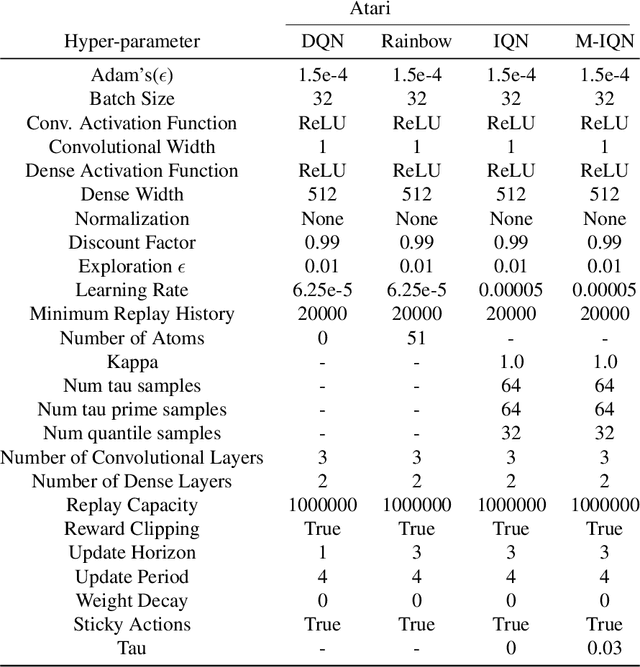
Abstract:Recent work has shown that deep reinforcement learning agents have difficulty in effectively using their network parameters. We leverage prior insights into the advantages of sparse training techniques and demonstrate that gradual magnitude pruning enables agents to maximize parameter effectiveness. This results in networks that yield dramatic performance improvements over traditional networks and exhibit a type of "scaling law", using only a small fraction of the full network parameters.
Mixtures of Experts Unlock Parameter Scaling for Deep RL
Feb 13, 2024



Abstract:The recent rapid progress in (self) supervised learning models is in large part predicted by empirical scaling laws: a model's performance scales proportionally to its size. Analogous scaling laws remain elusive for reinforcement learning domains, however, where increasing the parameter count of a model often hurts its final performance. In this paper, we demonstrate that incorporating Mixture-of-Expert (MoE) modules, and in particular Soft MoEs (Puigcerver et al., 2023), into value-based networks results in more parameter-scalable models, evidenced by substantial performance increases across a variety of training regimes and model sizes. This work thus provides strong empirical evidence towards developing scaling laws for reinforcement learning.
 Add to Chrome
Add to Chrome Add to Firefox
Add to Firefox Add to Edge
Add to Edge